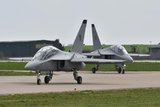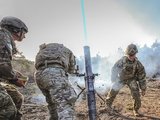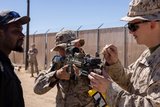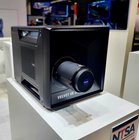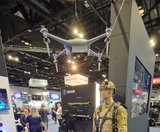Second T-50A takes flight
The second T-50A configured aircraft built by Lockheed Martin and Korea Aerospace Industries (KAI) has taken flight, completing a test flight in Sacheon, South Korea.
The T-50A is being offered to meet the requirements of the US Air Force’s Advanced Pilot Training (APT) competition.
The initial test flight of the first T-50A took place in June, and the Lockheed Martin assembly and training operations centre in Greenville, South Carolina, is nearing completion.
The T-50A has been developed jointly by Lockheed Martin and KAI. The aircraft is being offered along with the accompanying T-50A Ground-Based Training System, an immersive, synchronised ground-based training platform.
More from Training
-
![Cubic tailors mortar simulator for the US Army]()
Cubic tailors mortar simulator for the US Army
The company’s mortar trainer received improvements based on soldier’s feedback.
-
![Saab expands footprint in the US]()
Saab expands footprint in the US
The company will operate in two new locations in the coming years to better support US services.
-
![How terrain management capabilities can improve military training]()
How terrain management capabilities can improve military training
This type of tool provides more realistic training easing the incorporation of new scenarios that accurately represent the threats of the battlefield.
-
![I/ITSEC 2024: Australian Army approaches second phase of countermining training]()
I/ITSEC 2024: Australian Army approaches second phase of countermining training
The Engineering Corps has been conducting individual instruction using FLAIM Systems’ Sweeper and should start collective deployments in 2025.
-
![I/ITSEC 2024: Zeiss introduces Velvet 4K SIM projector for night flight simulation]()
I/ITSEC 2024: Zeiss introduces Velvet 4K SIM projector for night flight simulation
The next-generation platform is motion-compatible and can be used in OTW and NVG applications.
-
![I/ITSEC 2024: Saab introduces UAV live training capability]()
I/ITSEC 2024: Saab introduces UAV live training capability
The system can be used to prepare soldiers for both drone offensive operations and CUAS missions.









